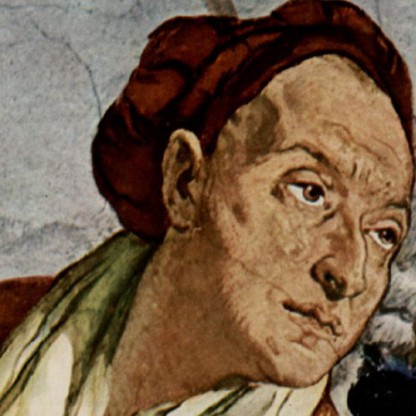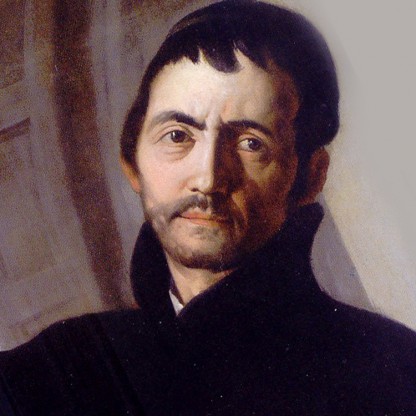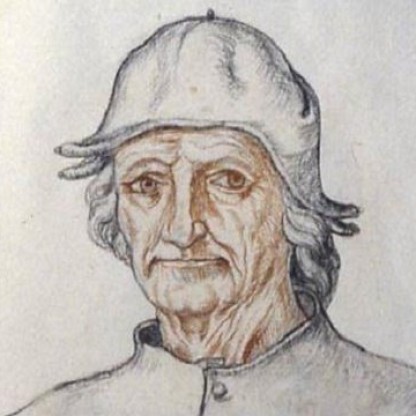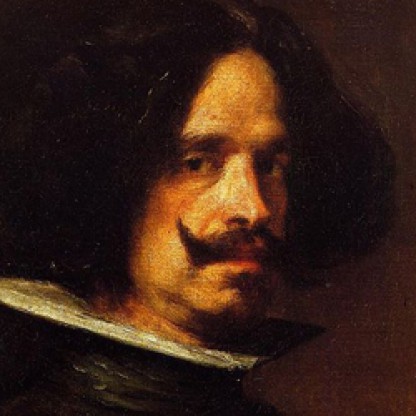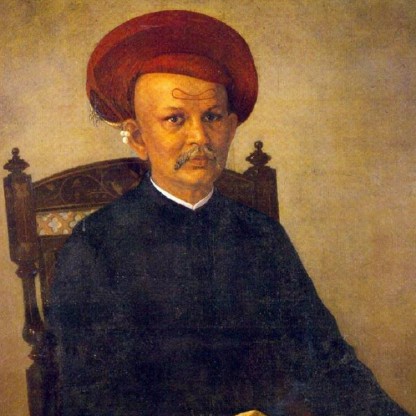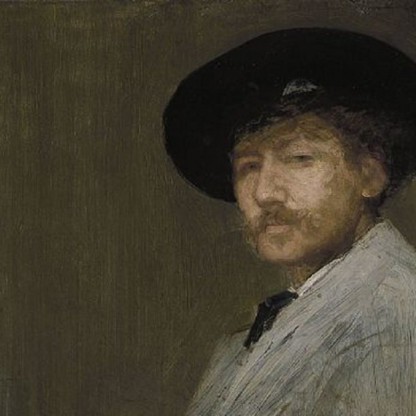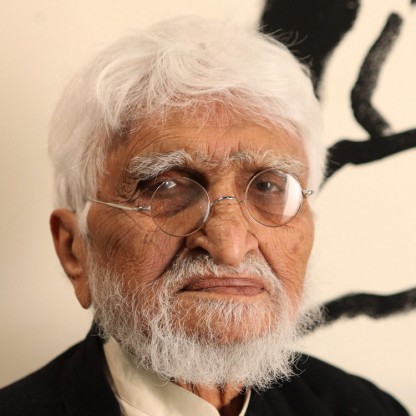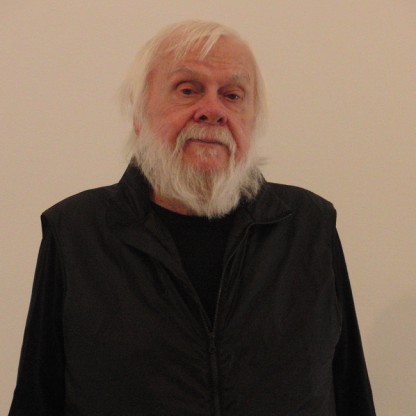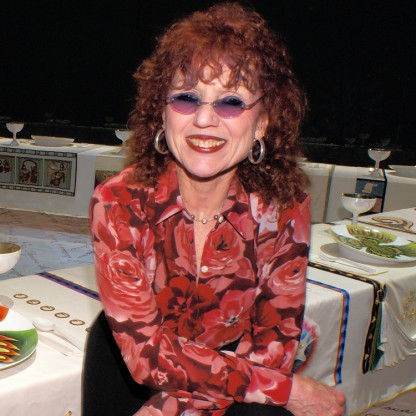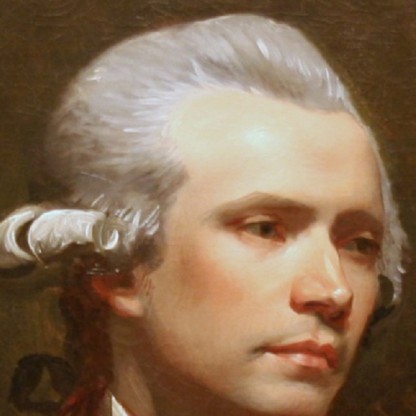On September 2, 1774, Copley chronicled his arrival at Paris (the beginning of a nine-month European tour), where he saw and painstakingly described many paintings and sculptures. His journey toward Rome was made in company of an Artist named Carter, described as "a captious, cross-grained and self Conceited person who kept a regular journal of his tour in which he set down the smallest trifle that could bear a construction unfavorable to the American's character." Carter was undoubtedly an uncongenial companion. Copley, however, may at times have been both depressing and bumptious. He found fault, according to Carter, with the French firewood because it gave out less heat than American wood, and he bragged of the art which America would produce when "they shall have an independent government." Copley's personal appearance was thus described by his uncharitable comrade: "Very thin, a little pock-marked [presumably a souvenir of the Boston smallpox epidemic described by Copley in a letter of January 24, 1764], prominent eyebrows, small eyes, which after fatigue seemed a day's march in his head." Copley afterward wrote of Carter: "He was a sort of snail which crawled over a man in his sleep and left its slime, and no more." Mrs. Amory relates that "both parties were undoubtedly glad to separate on their arrival at their destination." October 8, 1774, found Copley at Genoa, where he wrote to his wife describing, among other things, the inexpensiveness of the silks: "The velvet and satin for which I gave seven guineas would have cost fourteen in London." He reached Rome on October 26. "I am very fortunate," he wrote, "in my time of being here, as I shall see the magnificance of the rejoicing on the election of the Pope; it is also the year of Jubilee, or Holy Year."
